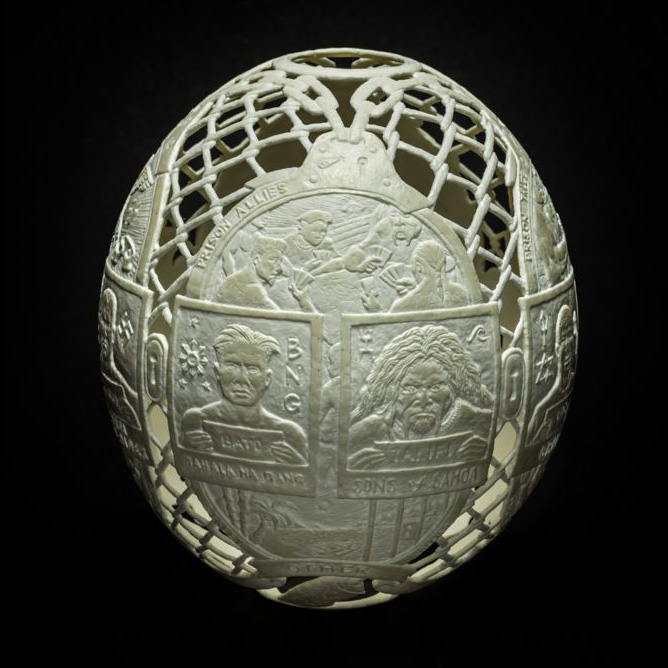
Art and crime have always found a unique interrelationship connecting them legally and illegally. Uniquely art is being used in many correction facilities as a rehabilitation program. It has been found to aid in improving inmates’ mental health, allowing them to express themselves freely; also, it comes as an additional skill. Through such art initiatives, the reduction in the rate of recidivism as it offers the inmates a safe space for self and creative expression. This serves as a vital intervention, especially in the US, as it has the largest inmate population in the world who require efficient rehabilitation and reintegration back into society. A close look will be offered at various art programs that positively impact the inmates’ well-being while reducing recidivism.
The California State Prison has an open art program to provide a possible rehabilitation effort. California Department of Corrections and Rehabilitation (ADCR) (n.d) states that Art In Corrections (AIC) entails the building of self-awareness by inmates through various forms of art opportunities.
Some examples of the forms of art that are engaged in include performance, visual, traditional, and literary, among others. CDCR collaborates with California Arts Council to provide inmates with artistic skills that enhance rehabilitation and benefit them upon release. The inmates can showcase some of their art in various exhibitions and public events, which provides recognition and boosts their self-esteem (William James Association, n.d)

Performance art is also prevalent in various correctional facilities in the US and worldwide through several programs. The Shakespeare Behind Bars is an example of a performance program widely implemented in several correction facilities across the United States.
Saribal (2022) explains that the art performance program entails various performing arts, such as reenacting Shakespearean ensembles. According to Monaco (2019), rehabilitation through education, such as the Shakespeare theatre programs, has reduced recidivism rates. Among the biggest challenges of incarceration is the inverse impact of increasing the reoffending rate as it is taken as a form of punishment. The Shakespeare Behind Bars (n.d) also note a 6% reduction in participant recidivism rates. The inmates can generate empathy, confidence, discipline, and better social skills through such artistic skills.
In conclusion, the relationship between art and crime is multifaceted, making it very complex. However, art programs have a positive impact during the rehabilitation process in correction facilities and are a valuable aspect of reintegration into society. These art programs, such as AIP found in California State Prison and Shakespeare Behind Bars, have helped reduce recidivism rates. The program aims to equip inmates with a safe self-expression space, improving their mental health and social skills. Art is society’s soul as it intoxicates even the hardest spirt to fly free in their imaginations.







The California program is a great program that allows prisoners to entertain themselves while being locked up. Prison deprives your body of all the senses; everything is grey and boring. Introducing a shot of color and fun into the prisons could help with the mental health of these prisoners. You can’t expect prisoners to recover if their mental health is in a worse state than when they got in. These art programs will help inmates improve their habits and hopefully prevent them from committing more crimes.